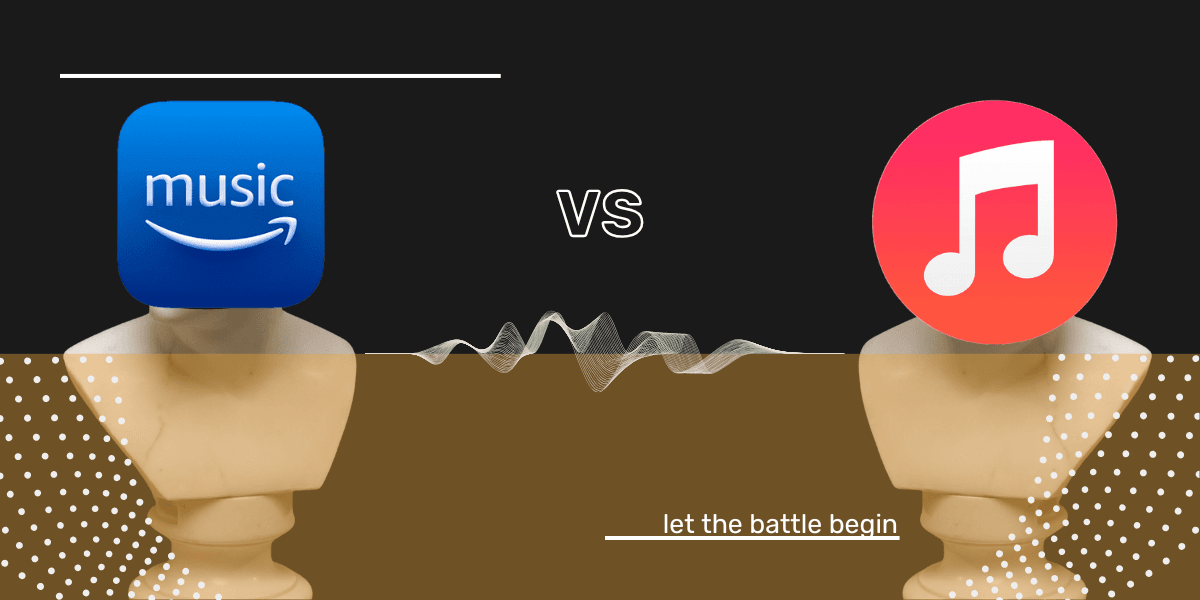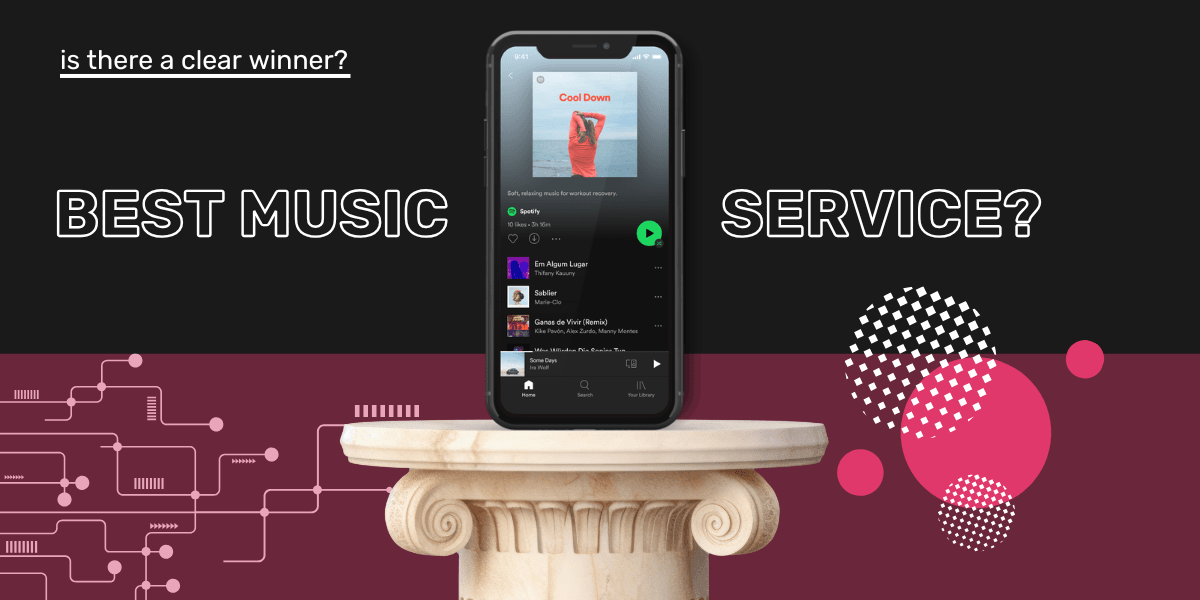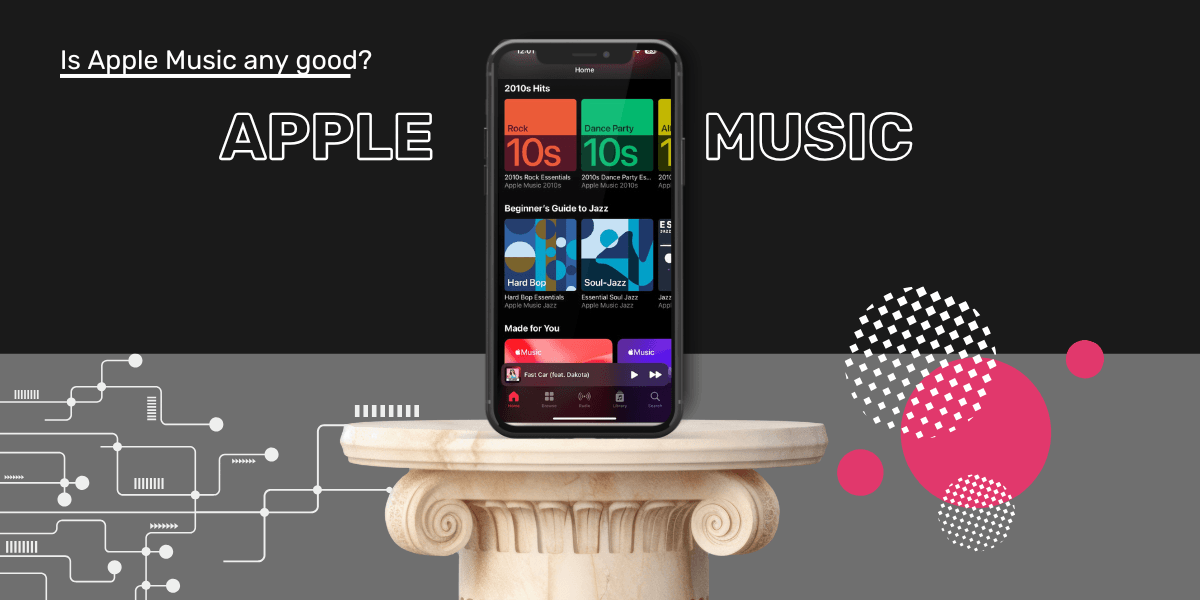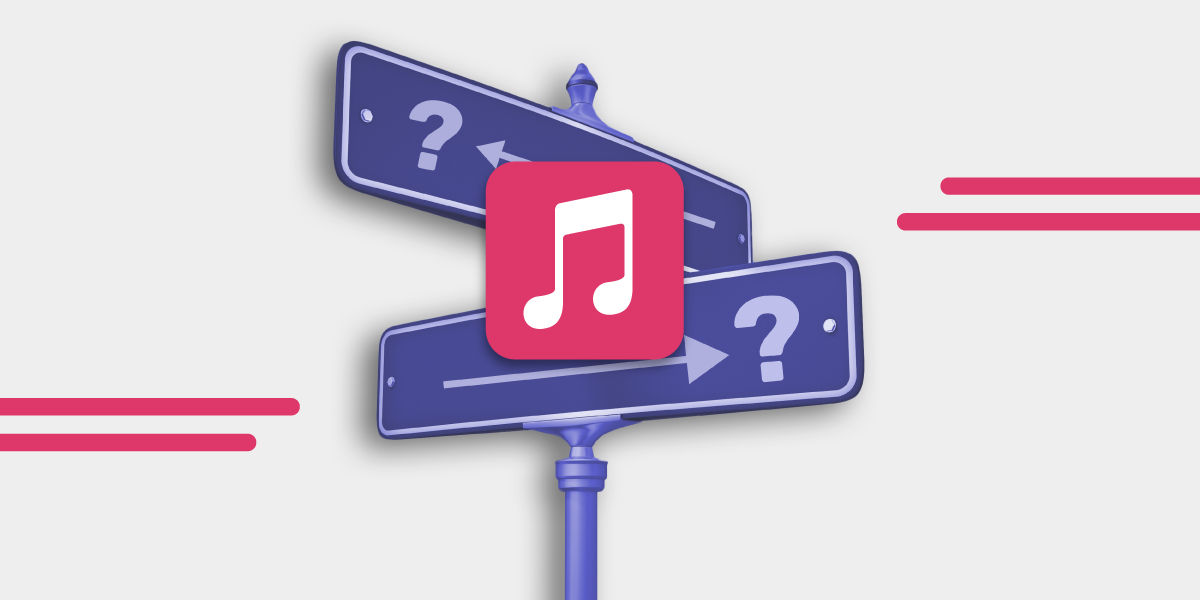Streaming music services are everywhere, offering millions of songs at your fingertips. But when it comes to the big names, Apple Music vs Amazon Music, or even Spotify vs Apple Music vs Amazon Music... things get competitive fast. But with so many options, choosing the right one can be overwhelming, and a bit confusing. Two of the biggest players, Amazon Music and Apple Music, have their own strengths and weaknesses. Which one is worth your money? Let’s compare them across pricing, music libraries, sound quality, interface, and features to find out.
Comparison Table
| Feature | Amazon Music Unlimited | Apple Music |
|---|---|---|
| Price | $10.99/month ($9.99 for Prime members) | $10.99/month ($5.99 for students, $16.99 for families) |
| Free Trial | Three months (limited-time offer) | One month (up to three months for promotions) |
| Songs | 100 million+ | 100 million+ (plus personal library uploads) |
| Exclusive Content | Limited | Yes (interviews, curated playlists, live performances) |
| Audio Quality | HD, Ultra HD, Dolby Atmos | Spatial Audio, Lossless, Dolby Atmos |
| Best For | Alexa users, lossless audio fans | Apple ecosystem users, curated content lovers |
This breakdown gives a snapshot, but let’s take a closer look at Amazon Music vs Apple Music across the categories that matter most.
Pricing: Apple Music vs Amazon Music—How Much Do They Cost?
Amazon Music Unlimited costs $10.99 per month for standard subscribers. Amazon Prime members get a discount, paying $9.99 per month or $99 per year. It’s important to note that Amazon Music Unlimited is different from Amazon Prime Music, which is included with Prime but offers a much smaller library.
Amazon Music also has various plans: an individual plan, a student plan, a family plan, and a single-device plan that allows streaming on an Echo or Fire TV device.
Apple Music offers a one-month free trial, with occasional promotions extending it to three months. After that, pricing is $10.99 per month for individual users. Students pay $5.99 per month, and families can get a shared plan for $16.99 per month, covering up to six people.
Music Library: Who Offers More Songs?
Both Amazon Music Unlimited and Apple Music boast over 100 million songs. That’s a win for both, but for those comparing Amazon Music vs Spotify vs Apple Music, exclusive content and personal uploads might tip the scale.
Apple Music goes further by allowing users to upload up to 100,000 personal songs through iCloud Music Library, making it ideal for those with existing music collections.
Apple Music also has more exclusive content, including artist interviews, live performances, and curated playlists. Amazon Music lacks this level of exclusivity - but they do have cool things like Amazon Live music events.
Sound Quality: Which One Sounds Better?
Apple Music streams at a high-quality 256kbps in AAC format and offers Spatial Audio with Dolby Atmos and Lossless Audio for subscribers.
Apple Music is one of the top choices for audiophiles. But in a Spotify vs Apple Music vs Amazon Music matchup, Amazon’s Ultra HD support gives it a strong edge.
Amazon Music Unlimited offers HD, Ultra HD, and Dolby Atmos audio at no extra cost. Ultra HD tracks stream at up to 3730kbps, which is higher than Apple’s standard bitrate.
You'll get great sound from either of these.
Interface and Features: Ease of Use
Amazon Music has a functional but less intuitive interface. The desktop app and web player lack polish, and the mobile app has a dark, cluttered design. It integrates well with Alexa but is less appealing for users outside the Amazon ecosystem.
Apple Music is clean, intuitive, and integrates seamlessly with Apple devices. In an Amazon vs Spotify vs Apple Music comparison, Apple still leads in UX design—especially for iPhone and Mac users.. It offers personalized recommendations through Listen Now, an advanced radio experience with Apple Music 1, and curated playlists tailored to user preferences.
Pros and Cons
Amazon Music Pros:
- Lower price for Prime members
- Lossless and Ultra HD streaming included
- Works seamlessly with Alexa devices
- Three-month free trial (limited-time promotions)
Amazon Music Cons:
- Clunky user interface
- Fewer exclusives and curated content
Apple Music Pros:
- Seamless integration with Apple devices
- Spatial Audio and Lossless streaming
- Exclusive content and curated playlists
- Intuitive design and user-friendly experience
Apple Music Cons:
- No built-in discount for non-students
- Not as well-integrated with Alexa or non-Apple devices
Looking to switch between services? Whether it’s Spotify vs Apple Music vs Amazon Music, or just moving from one to another, Free Your Music helps you transfer playlists effortlessly.
P.S: Want to switch but worried about your playlists? With Free Your Music, you can export playlists from Spotify, or import them into Apple Music or Amazon Music in minutes—no manual work needed.







